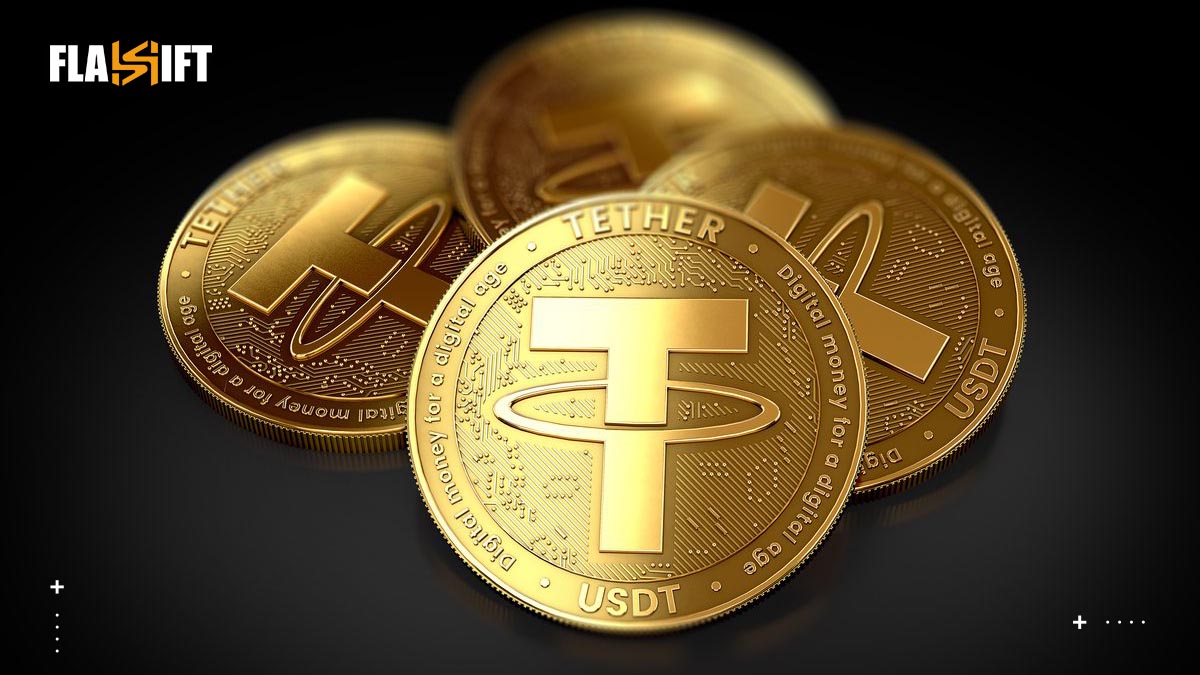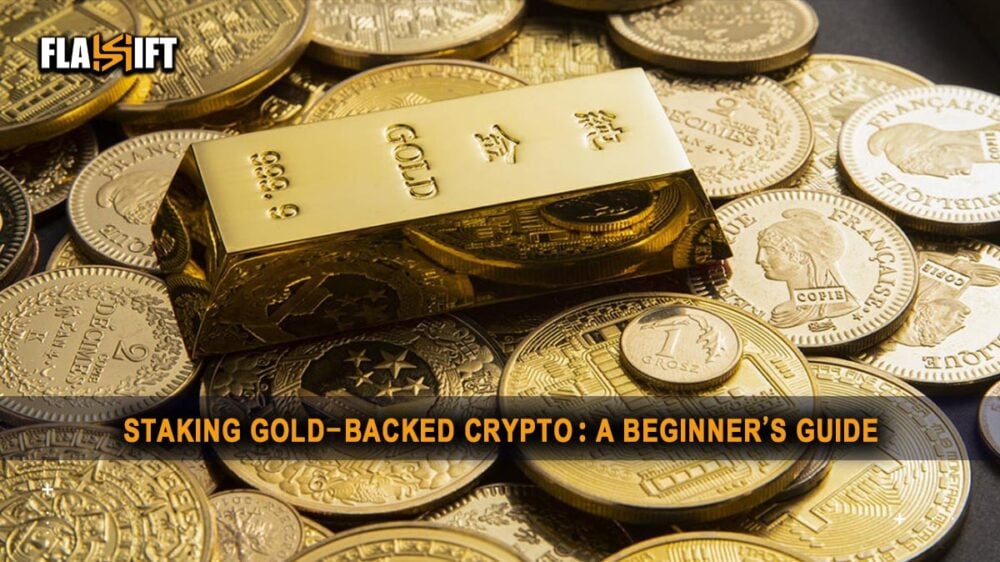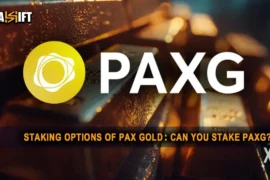In a world where digital assets move fast and volatility runs high, many investors are searching for stability without giving up on yield. That’s where staking gold-backed crypto steps in — offering the best of both worlds. It blends the time-tested reliability of gold with the passive income potential of crypto.
Whether you’re new to staking or just curious how gold-pegged tokens like Tether Gold (XAUT) or PAX Gold (PAXG) fit into the mix, this guide breaks it down in plain terms. We’ll explore how staking works, what makes gold-backed tokens unique, and why more cautious crypto investors are starting to pay attention.
Why Stake PAXG, XAUT, or Other Stable Assets?
Most people think of staking as a game for high-risk altcoins—but that’s not the full picture. Staking PAXG, XAUT, or other gold-backed tokens offers something different: predictable, yield-generating exposure to an asset that’s historically stable. These assets are pegged to the price of physical gold, meaning you’re not riding the same wild swings as typical crypto tokens.
So why stake them?
Because while your gold-backed token quietly tracks the market price of gold, staking allows you to earn passive income on top of it. It’s an efficient way to put idle capital to work without exposing yourself to extreme downside risk.
For conservative crypto holders or traditional investors entering Web3, staking stable assets like PAXG and XAUT can be a bridge—combining familiarity with innovation. Instead of choosing between growth and safety, staking gold-backed crypto gives you a shot at both.
What Returns Can You Expect?

Don’t expect fireworks and that’s kind of the point. Staking gold-backed crypto like PAXG or XAUT isn’t about scoring overnight gains. It’s about putting your capital to work without watching your portfolio swing 30% in either direction.
What can you actually earn? In most cases, somewhere between 2% to 5% a year, depending on where you stake and how long you’re willing to lock it up. DeFi platforms might lean higher, centralized exchanges a bit lower, especially if they’re covering insurance or custody overhead. Your actual earnings will depend on several factors:
- Staking method (DeFi vs centralized exchange)
- Platform reputation and security
- Lock-up period (the longer the term, the higher the rate)
- Token liquidity and current demand for borrowing it
Is that life-changing? No.
Is it better than letting your token just sit in a wallet? Definitely. It’s income on top of an asset that already mirrors gold and that’s a rare combo in crypto. You’re not hoping for the next bull run. You’re holding digital gold and quietly collecting a yield from it.
That said, not all platforms are equal. Some lend your assets out, some put them into liquidity pools, and some just offer rewards for keeping your funds with them. The return is only half the story — the risk profile matters more. Who’s holding your tokens? Can you pull out anytime? What happens if the platform goes under?
Bottom line: If you’re already holding a gold-backed token, staking it is a smart way to squeeze a bit more out of it. Just know that the returns are modest — and that’s exactly why some people choose it.
Top Platforms and Security Best Practices to Stake Gold-Backed Crypto

If you’re going to stake something as conservative as a gold-backed crypto asset, the last thing you want is to lose it to a shady platform or poor protocol design. This isn’t a gamble—it’s a strategy for low-risk yield. So, where you stake matters.
Top Platforms Worth Considering
Here are a few platforms that offer staking or yield options for tokens like PAXG or XAUT—either directly or through lending protocols:
- Nexo
Nexo allows users to earn yield on PAXG (and sometimes XAUT) with flexible terms. Returns usually hover around 3–5% APY, and you can withdraw at any time. Bonus rates apply if you opt for interest in NEXO tokens, but that’s not for everyone.
- YouHodler
A lesser-known but solid CeFi platform. It supports PAXG and offers interest with weekly payouts. It’s more niche, but worth a look if you’re exploring non-DeFi options. Returns can reach 5%, depending on terms.
- DeFi Lending Protocols (like Aave or Compound forks)
While native support for gold tokens is limited, some versions of Aave on alternative chains may integrate tokenized gold as collateral. This is more advanced and often requires manual wallet management, but it gives you full custody and transparency.
- Binance Earn (when available)
Occasionally, Binance offers fixed-term products on PAXG. These don’t stay up long, but they’re reliable and secure when available. APY is typically around 2–3%, which reflects the safety profile.
- SwissBorg
Another user-friendly platform offering yield on PAXG with daily compounding. Security is a priority here, and the app experience is beginner-friendly. Not always the highest yield, but dependable.
Security Best Practices Before You Stake
Earning passive income is great, until it vanishes overnight due to a preventable mistake. Here’s how to protect yourself:
- Research the platform’s track record. If there’s no transparency around reserves, insurance, or audits, skip it.
- Avoid anonymous DeFi projects. If you can’t find the team or their legal jurisdiction, that’s a red flag.
- Don’t chase unsustainably high APYs. If a platform offers 20% yield on a stable asset, it’s either short-term marketing or high risk.
- Use cold wallets for unstaked assets. Keep your non-staked tokens in a secure hardware wallet like Ledger or Trezor.
- Enable 2FA and use strong passwords. Basic, but often ignored. Especially if you’re on centralized platforms.
- Test with small amounts first. Before locking in larger sums, always do a trial run to check how withdrawals, rewards, and interfaces actually work.
In short, staking gold-backed crypto is about balance: reliable yield, minimal risk, and strong custody. Choose platforms that align with that philosophy and, never forget, safety beats APY in this corner of the market.
Flashift for Handling Your Staking Profits Privately
Once you start earning from staking gold-backed crypto, the next question is: what do you do with those profits and, how do you move them without leaving a trail a mile wide?
That’s where Flashift comes in. If you’re serious about privacy and autonomy in your crypto finances, Flashift is one of the few tools that actually respects that mindset. It’s a no-KYC crypto swap platform that lets you exchange staking rewards (or any other tokens) quickly, securely, and without handing over personal data.
Why Use Flashift?
- No KYC, ever – You don’t have to verify your identity or connect your wallet to a centralized exchange.
- Fast swaps – Move profits from PAXG or XAUT into stablecoins, BTC, or privacy coins like Monero within minutes.
- Non-custodial – Flashift doesn’t hold your funds; you stay in control at every step.
- Multi-chain support – Whether your staking rewards are on Ethereum, BNB Chain, or Polygon, Flashift likely supports it.
Let’s say you’ve earned some yield in PAXG and want to rotate that into USDT, BTC, or even convert to XMR for an extra layer of privacy. With Flashift, there’s no account, no login, no unnecessary exposure. Just clean, direct swaps.
In a space that often forces users into full transparency, Flashift gives you the option to move like it’s still early crypto: quiet, fast, and under your control. For anyone staking with privacy in mind, it’s an essential tool, not just a convenience.
FAQ
- Can I lose my gold-pegged token if the staking platform fails?
Yes. If you’re staking through a centralized platform and it goes under, your tokens could be unrecoverable. Always check custody terms and whether they offer insurance.
- Is the staking yield backed by real gold or just platform activity?
The yield isn’t tied to gold reserves—it comes from lending or DeFi mechanisms. The gold peg only affects the token’s price stability, not your staking returns.
- What happens if the price of gold drops while I’m staking?
Your token’s value will follow. You’ll still earn staking rewards, but your principal could be worth less if gold itself dips.
- Can I stake PAXG or XAUT directly from a cold wallet?
Rarely. Most staking options require you to deposit on a platform or smart contract. If privacy and custody matter, look into DeFi alternatives or interest-bearing vaults.
- Do gold-backed tokens have the same smart contract risks as other crypto?
Yes. Even if the token is pegged to gold, the staking mechanism can still carry risks like bugs, exploits, or liquidity drains—especially in DeFi environments.
- Is it smarter to stake gold-backed crypto during bear markets?
For some, yes. These tokens offer a more stable floor, and staking adds yield without relying on market hype. It’s a defensive play that still works for long-term compounding.







